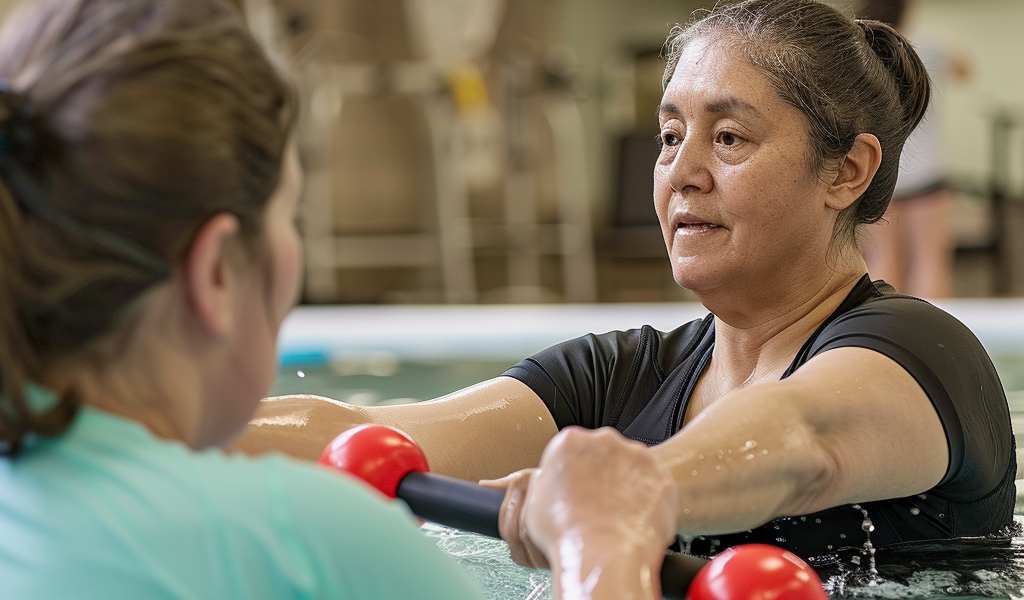A recent study has revealed that long COVID can have a significant impact on a person’s ability to exercise, beyond just causing chronic fatigue. Dr. Salman Bhai, the director of the neuromuscular center at the Institute for Exercise and Environmental Medicine at Texas Health Dallas, shared insights on how individuals with long COVID can still maintain an exercise routine.
Dr. Bhai emphasized that while long COVID may lead to post-exertional malaise, making individuals feel worse after exercising and knocking them out for several days, it is not impossible to engage in physical activity with the right support. He highlighted the importance of developing patient-specific exercise plans and goals in collaboration with a multidisciplinary team, tailored to individual needs and focusing on gradual progression over 6 to 12 months.
According to Dr. Bhai, there is no clear correlation between pre-existing exercise levels and the ability to exercise after developing long COVID. However, knowing that one has exercised at a high level in the past can help set goals to improve and establish a new baseline for physical activity.
The approach to exercise for individuals with long COVID involves gently pushing oneself within the tailored plan, without trying to catch up to previous levels of fitness. The emphasis is on mixing low-intensity cardio and resistance training, with activities such as water aerobics being beneficial for long-term improvement.
Dr. Bhai’s insights provide hope for individuals dealing with long COVID, offering a structured and patient-specific approach to gradually reintroducing physical activity and improving overall well-being.





